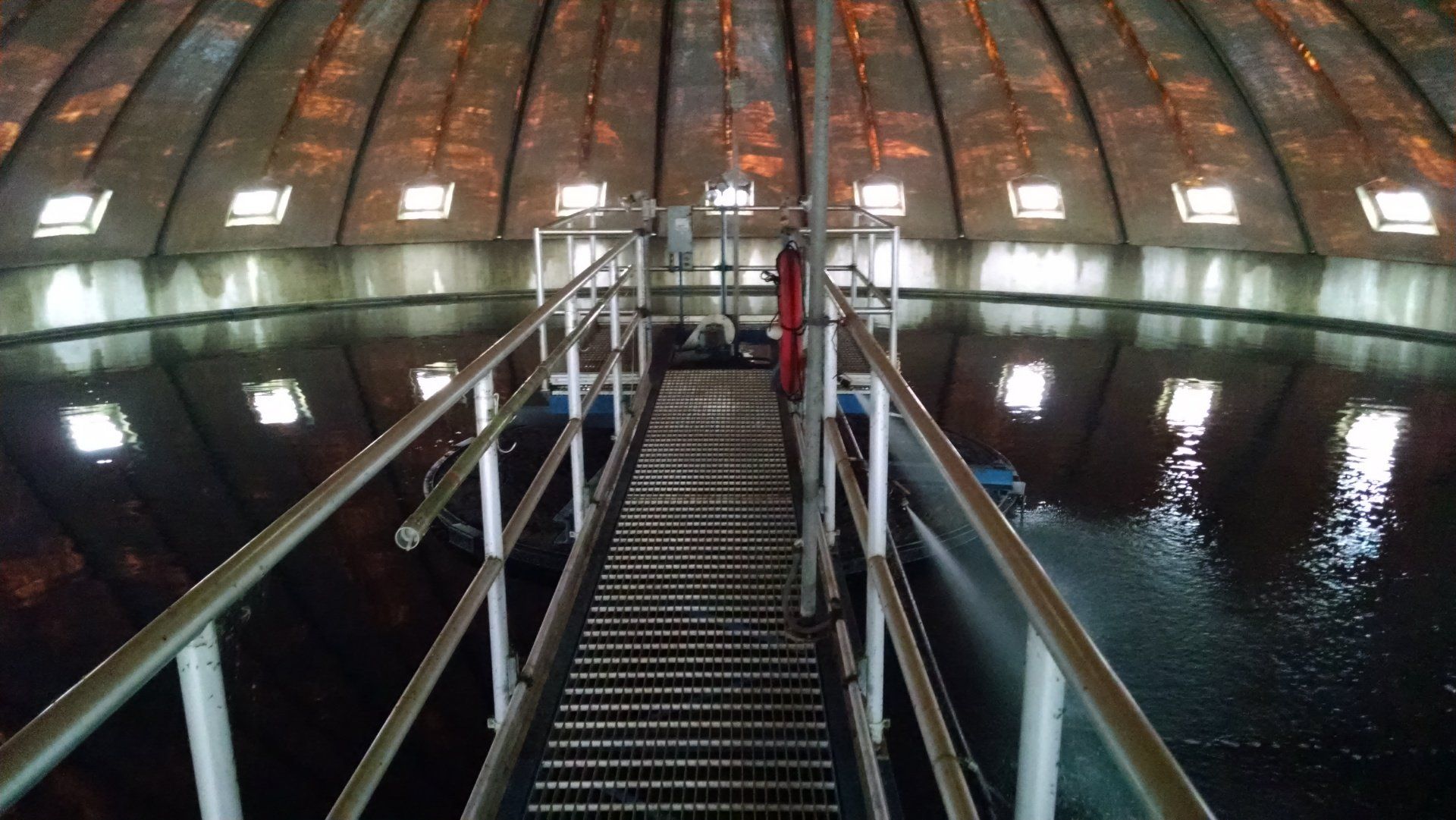Corporate Office
40W201 Wasco Road, Suite D
St. Charles, IL 60175
Phone: 630.587.0470
Fax: 630.587.0475
Northern Moraine WRD – Facility Planning and Phosphorus Feasibility Study
The Northern Moraine Wastewater Reclamation District serves three municipalities along the Fox River in McHenry and Lake Counties: Island Lake, Lakemoor, and Port Barrington.
As the District Engineer, TAI has completed a series of improvements to the existing wastewater treatment facility. Last year the Facility Plan was updated which included the analysis of alternatives to meet future phosphorus limits of 1.0 mg/L and 0.5 mg/L. The following is a sampling of upgrades.
Oxidation Ditch Upgrades:
The existing ditch had been in operation since 1998. The project included replacement of all aerator shaft bearings and gates.
Dewatered Sludge Storage Improvements:
The project was implemented through collaboration between District Staff and TAI, and included construction of canopy covers over existing sludge drying beds to provide 150 days of dewatered sludge storage.
Centrifuge Dewatering Improvements:
The project was also a collaborative effort between District Staff and TAI, for the installation of a Centrisys centrifuge, sludge pumping, and conveyor upgrades to increase dewatering capabilities and lower operational costs.
Aerobic Digester Upgrades:
TAI provided design and construction services for the rehabilitation/reconfiguration of the existing aerobic digestion system including conversion of the existing package plant configuration, and installation of a new aeration system, sludge transfer and decant piping, and aluminum covers.
Influent Screen and Blower Replacement:
TAI provided design and construction services for the replacement of the existing Rotamat Screen, building modifications, and installation of a fourth blower to support the upgraded aerobic digestion system.
VFD’s and DO Control:
TAI provided design and construction services for the installation of variable frequency drives and DO monitors for the existing oxidation ditch.
2015 Facility Plan Update and Phosphorus Feasibility Study:
TAI recently completed a Facility Plan which reviewed the land use plan from each community to identify current and long term capacity needs. TAI also reviewed the capacity of the existing collection system and lift stations to determine size and routing for new interceptor sewers to support the developing region. The analysis of the treatment facility included reviewing conditions of the existing infrastructure, long term capacity requirements, and updated regulations including more stringent effluent phosphorus requirements. A life-cycle analysis was conducted comparing capital and operating costs for chemical phosphorus removal versus biological phosphors removal. The plan concluded with a summarization of recommendations including phosphorus removal alternative analysis, collection system alternatives, expansion phasing, implementation schedules, and financial analysis.
CORPORATE OFFICE
© Trotter & Associates, Inc.
CORPORATE OFFICE
© Trotter & Associates, Inc.

